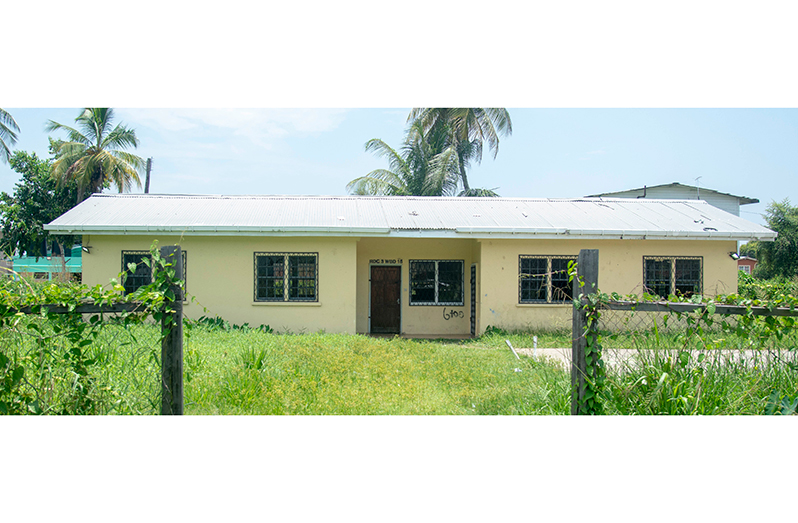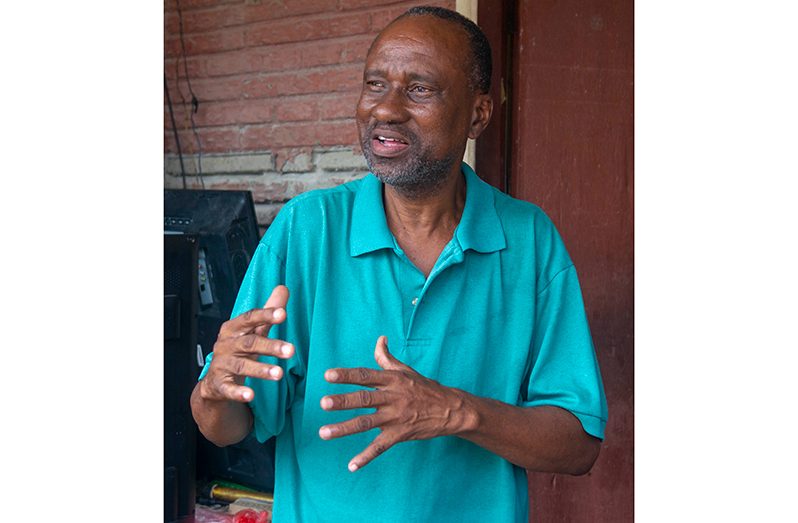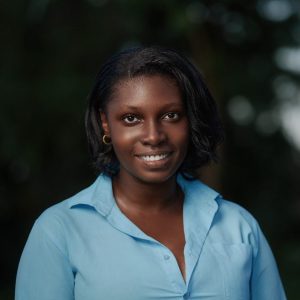Looking at the community’s responsibility to nurture creativity
A PLAYFUL yet captivating dance, a piece of art that is wildly engaging. Children are creative from the very beginning; their natural talents are sometimes hard to hide and even harder to nurture. However, as the creative community of the country grows, and Guyana sees the rise of more creatives and artists, perhaps it is time to start nurturing creativity, and seeing talent as an option for a career.
This is how Earl Bagot of Phoenix Park sees it. Earl, a long-time villager of the community, says he sees the young men and women of his community overflowing with potential, but it takes a village to hone that potential into something much greater.
REFLECTING ON THE COMMUNITY
Earl fell in love with Phoenix Park when he was still a child. After coming to the community at seven, Earl’s family was among the first to call the village home, having one of the first self-help homes completed in the village.
As he stated, “I came here when I was seven years old. I am very passionate about this community, because it was built through self-help. The reason why I’m passionate is that this is one of first house was built under the self-help programme. When we came here, we had water and roads. It was really a model house, and it was something to be proud of.”
Reflecting on the development of the community, Earl says the village has evolved from a close-knit agricultural community to a more residential area. Because of the way it was developed, Phoenix Park was once home to a vibrant agricultural presence. Although small-scale, most, if not all of the villagers had a kitchen garden or livestock of some sort. Today, plants can be found in the various flowering plants scattered throughout the village.
NURTURING YOUNG TALENT
Phoenix Park has seen a variety of changes over the years, with new roads, initiatives, and people. However, the biggest change, in Earl’s opinion, is the relationship between the community’s older and younger generations. Sharing his thoughts, he stated, “There used to be much more togetherness. Youths used to listen to elders. As a youth, I understood and used to listen to the older folks and learn from them. There was much more cooperativeness.”
As a community elder himself, Earl sees significance in reigniting the relationship with the youths of the community. Looking back, he recounted the hours he would spend interacting with his parents, grandparents, and almost any adult. He sees these interactions as invaluablem and the first place he learned some of life’s most important lessons. He would like to see this become the norm once again. As he stated, “I want to see the young people come to us. They have phones now, but they can learn a lot from the older people, and we might even learn some things too.”

Phoenix Park is a small community with a few hundred people, making it difficult not to be connected in some way or another. Although the traditions of fireside storytelling are no longer alive, the village still retains a strong sense of community and togetherness; at the heart of this togetherness are the talented young people. As Earl explains, “This village has a lot of young people, and they all have different talents. We have young women who dance, and a lot of the young men in this village would be good at sports or modelling.”
Earl believes that all they need to tap into this undiscovered potential is a little bit of guidance. As he stated, “We need more initiatives for the young people. We need more things for the creative people.” The country is currently seeing a steady rise in the number of passionate professionals, but Earl says creativity is an entirely new sector to explore. “I would like to see the young people be able to pursue their creative talents – dance, modelling, music, and things like that. I think it would be good for the whole country,” he said.
Earl is a proud Guyanese and would like to see more of his nation’s young people make it to the international stage with their creativity. As he stated, “It could start with community programmes. I remember this village had football and dancing competitions. We need incentives for the young people now. We could get them a trophy or stipend, something to get them involved.”
The community is not perfect, says Earl, but the village has made great strides. They face challenges like any other community, with occasional water and electricity issues. But as a community that was built by the people, little by little, Phoenix Park is a model of what collaboration could achieve. Today, Earl and his fellow villagers are looking towards developing the next step in their community: nurturing the next generation.



.jpg)











